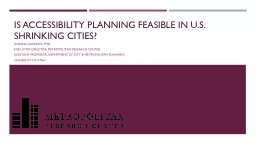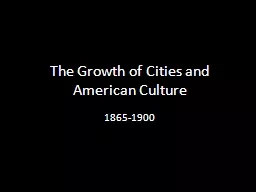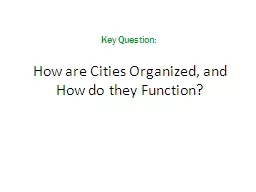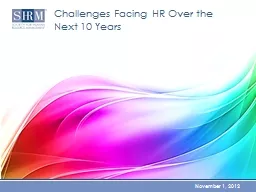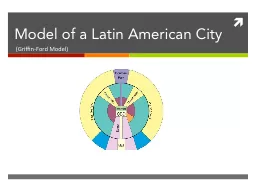PPT-Challenges Facing American Cities
Author : giovanna-bartolotta | Published Date : 2017-09-23
Americas Urban Origins Cities played a different role in the 18 th 19 th and 20 th centuries Technological change has been an important factor in determining the
Presentation Embed Code
Download Presentation
Download Presentation The PPT/PDF document "Challenges Facing American Cities" is the property of its rightful owner. Permission is granted to download and print the materials on this website for personal, non-commercial use only, and to display it on your personal computer provided you do not modify the materials and that you retain all copyright notices contained in the materials. By downloading content from our website, you accept the terms of this agreement.
Challenges Facing American Cities: Transcript
Download Rules Of Document
"Challenges Facing American Cities"The content belongs to its owner. You may download and print it for personal use, without modification, and keep all copyright notices. By downloading, you agree to these terms.
Related Documents





